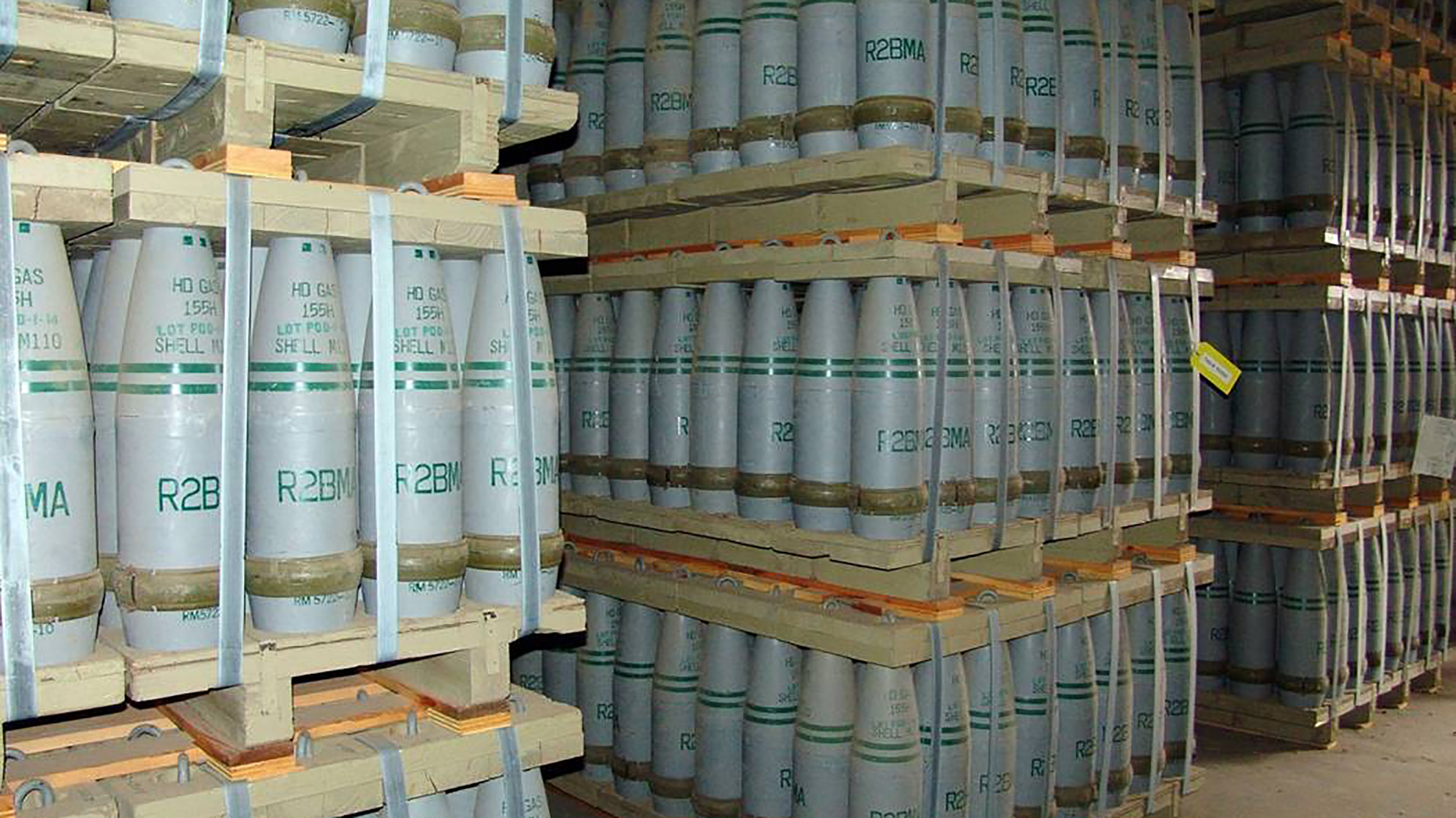Abstracts: Cleaning up Chemical Weapons, Researcher Pseudonyms, and More
• On the Colorado prairie, the U.S. Army is using robots to clean up 780,000 containers of decades-old mustard agent — a deadly chemical weapon. This latest project represents compliance with a 1997 international treaty to destroy chemical weapons. (Denver Post)

• Two climate researchers at the U.S. Department of Agriculture have withdrawn a paper that they wrote under pseudonyms. Although the USDA researchers have not confirmed that they are behind the names, those used in the paper are the researchers’ names backwards and the two have frequently published together in the past. (Retraction Watch)
• Bayer, the German pharmaceutical company, is set to buy Monsanto for $66 billion. This is the latest of a series of mergers that, if allowed by regulators, could see global seed and pesticide markets dominated by just three companies. (Reuters)
• President Obama has established the first national marine monument in the Atlantic Ocean. The area, off the coast of Cape Cod, is the size of Connecticut and has been called an “underwater Yellowstone.” (NPR)
• Head injuries in “action sports” like BMX, surfing, skiing and skateboarding aren’t as common as in football. But they’re getting more attention as recent advances in technology have made jumps higher, speeds faster and injuries worse. (Outside Magazine)
• According to a new study, men diagnosed with prostate cancer who were monitored by their doctors had the same life expectancy over 10 years as those who had surgery or radiation. (Undark)
• A recent online protest shamed a medical conference because the majority of its speakers were white men. This marks the latest in a series of such incidents calling for more diversity in scientific panels and conferences. (STAT)
• China has launched its second space station. The station is planned to have a short life of only two years, but will be used to demonstrate technology for future launches. (Popular Mechanics)
• And finally, the Bureau of Land Management has released a draft of its Environmental Assessment of an archeologically-rich canyon in Utah. The draft offers six different alternatives on motor vehicle access in the canyon and will be open for public comment for 45 days. (The Salt Lake Tribune)










